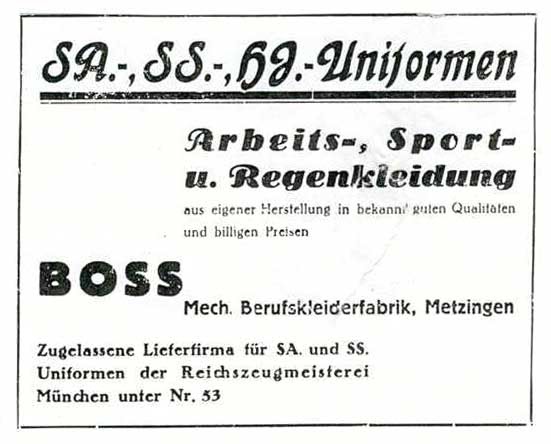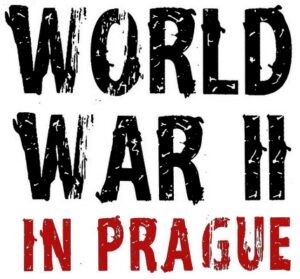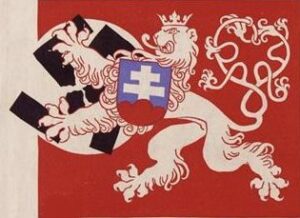Hugo Boss launched his clothing brand in 1924 in Metzingen, a small town located in southern Germany. Although he encountered economic difficulties during this period, leading to bankruptcy, he managed to negotiate an agreement with his creditors that enabled him to resume production with just six sewing machines.
In 1931, Boss joined the Nazi Party and became a sponsoring member of the SS, citing their promises to end unemployment as the reason behind his membership. In the same year, his sales skyrocketed from 38,260 RM to over 3,300,000 RM in 1941, with his profits soaring from 5,000 RM to 241,000 RM.
Despite Boss’s claim in a 1934/1935 advertisement that he had supplied Nazi uniforms since 1924, the supply is more likely to have commenced in 1928/1929 and became certain in 1934 when he became a licensed supplier of uniforms to various Party organizations.
To cope with the increasing demand during the war, Boss employed prisoners of war and forced laborers from different countries. Historian Henning Kober notes that the company managers were „avowed Nazis,“ and that Boss had a photo of himself with Hitler in his apartment.
In 1946, Boss was categorized as an „activist“ and „supporter and beneficiary of National Socialism“ in a denazification judgment due to his early party membership, financial support of the SS, and uniform deliveries to the Nazi Party. He was fined heavily, stripped of his voting rights, and forbidden from running a business, though his company continued to operate after his death in 1948.
The factory resumed uniform production for postal and police workers after Boss’s death. It wasn’t until the 1950s that the company began producing men’s suits, focusing exclusively on men’s fashion only in the early 1970s.
In 1999, lawsuits were filed against the company for the use of forced laborers during the war. Although the company did not comment on the suits, it promised to „deal with the issues in an open and forthright manner“ and sponsored a study by historian Elisabeth Timm. Despite this, the company declined to publish Timm’s findings after she made them public.
In 1993, Marzotto, an Italian group, acquired a majority stake in the company.


